
Medical device company successfully defends validity of RCDs with competitor’s product held to be infringing
On 23 February 2018 Judge Hacon handed down his judgement on Cantel Medical v Arc Medical Design [2018] EWHC 345 (Pat).
In 2011 the Defendants, Arc Medical Design (“Arc”) launched a product called Endocuff (see (1) below), a plastic device which could be attached to a colonoscope, assisting the colonoscopist in the detection of potential bowel cancer in the large intestine. An improved version of the product, named the Endocuff Vision (see (2) below) was launched in 2015.
Between September 2012 and June 2016 the Claimants, Cantel Medical (“Cantel”) entered into a distribution agreement with Arc to market the Endocuff product in the US. Fearing potential loss of distribution rights, Cantel developed their own product on the side, the AmplifEYE (see (5) below). Hoping to clear the way for them to sell their new product, Cantel brought actions to revoke Arc’s prior registered design rights and/or sought a declaration that the AmplifEYE products did not infringe Arc’s rights.
Arc’s design rights in question[1] were:
- Registered Community design No. 001856121-0001 (“the Endocuff RCD”) filed on 27 April 2011, which includes the following images:
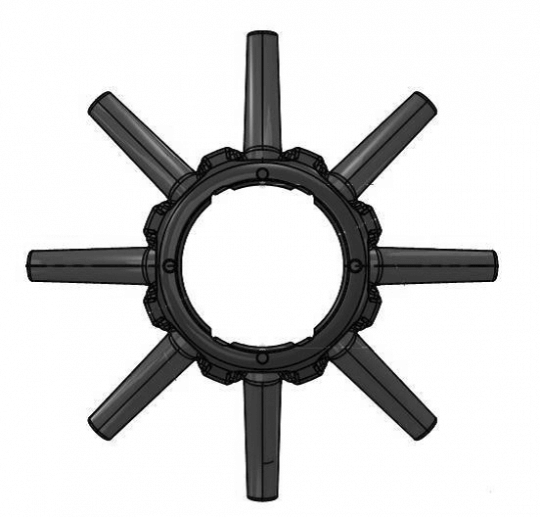
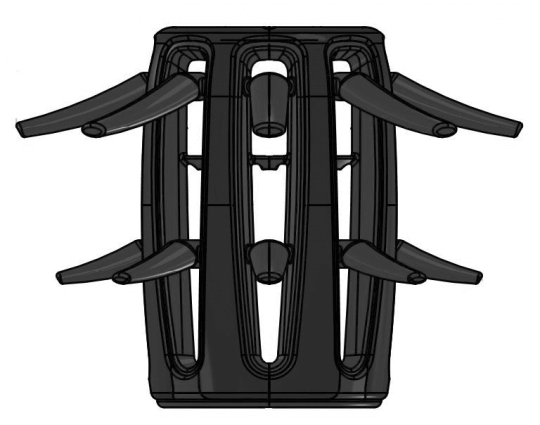
- Registered Community design No. 002523191-0001 (“the Vision RCD”) filed on 28 August 2014, which includes the following images:
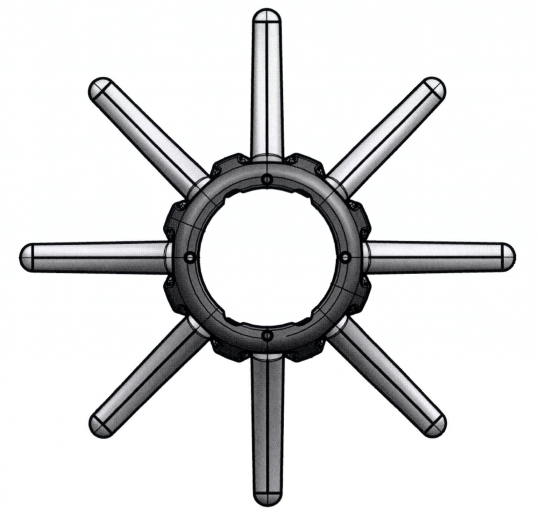
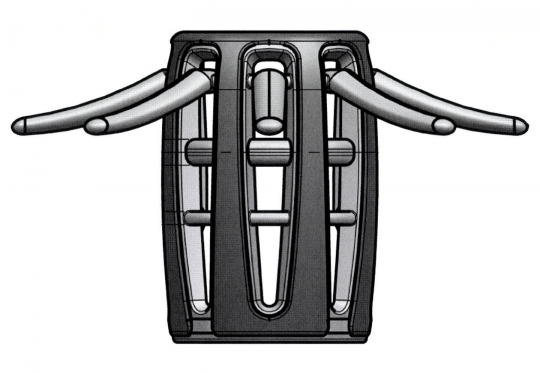
- UK unregistered design right in the design of the Endocuff;
- UK unregistered design right in the design of the Endocuff Vision.Cantel’s AmplifEYE:
-
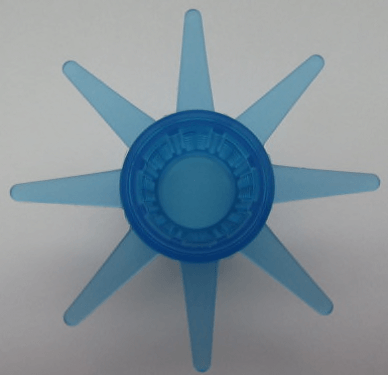
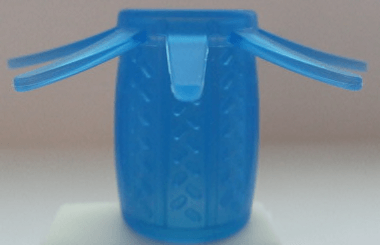
Following the approach by the General Court in H&M Hennes (Case T-525/13), for how to assess whether a particular RCD has individual character as viewed by the overall impression of the informed user, the judge concluded the below. As will be seen, particular importance was placed upon the design freedom available within the market.
Validity of Endocuff RCD and Vision RCD
Judge Hacon held the Endocuff RCD was entirely different to other products available on the market at the time, creating a different overall impression, meaning that the Endocuff RCD is validly registered. When assessing the validity of the Vision RCD, the Endocuff RCD forms part of the prior art and therefore the two must be compared. The judge held that due to the large amount of design freedom in the market (see Image A below), the difference between having one row (on the Vision RCD) and two rows (on the Endocuff RCD) of projecting elements on the products produced a different overall impression, and therefore the Vision RCD was validly registered.

Image A – wide variety of potential designs considered by Cantel to rival the Endocuff shows designer freedom in the market.
Infringement of AmplifEYE against Endocuff RCD and Vision RCD
Following the same reasoning for why the Vision RCD was held to be a valid registration when compared to the Endocuff RCD, the one row of projecting elements in the AmplifEYE design was held to give a different overall impression in comparison to the Endocuff RCD and therefore did not infringe the Endocuff RCD.
However, when the AmplifEYE and Vision RCDs were compared, the similarity of the protruding elements, given the designer freedom available, meant it was held that the AmplifEYE did infringe.
UK Unregistered Design Rights
Arc were held to have unregistered UK design rights in the Endocuff and Endocuff Vision products from design documents in which they were first recorded in 2010 and 2014 respectively. The judge held these unregistered rights will be infringed from the date of this judgement by acts done in relation to the AmplifEYE product.
Key Take-Away Points
This case shows us that design rights are increasingly being used to protect product design in fields a long way removed from the traditional areas of design protection such as fashion and luxury goods. The medical devices and healthcare industry is just one of the areas that is appreciating the importance of good product design, even where the product itself is not routinely considered to be glamorous. Other areas now embracing product design protection include, but are by no means limited to, fast moving consumer goods and aviation.
Not only are medical device and healthcare companies protecting their product design, they are enforcing it too: this is the second High Court design infringement decision involving a healthcare product to be handed down in the last month (see also DesignWrites article L’Oreal v RN Ventures, in which the claimant asserted infringement of both its design and its patent rights simultaneously).
[1] The Defendant also had patents that were held to be valid and infringed by the Claimant. See the full judgement








